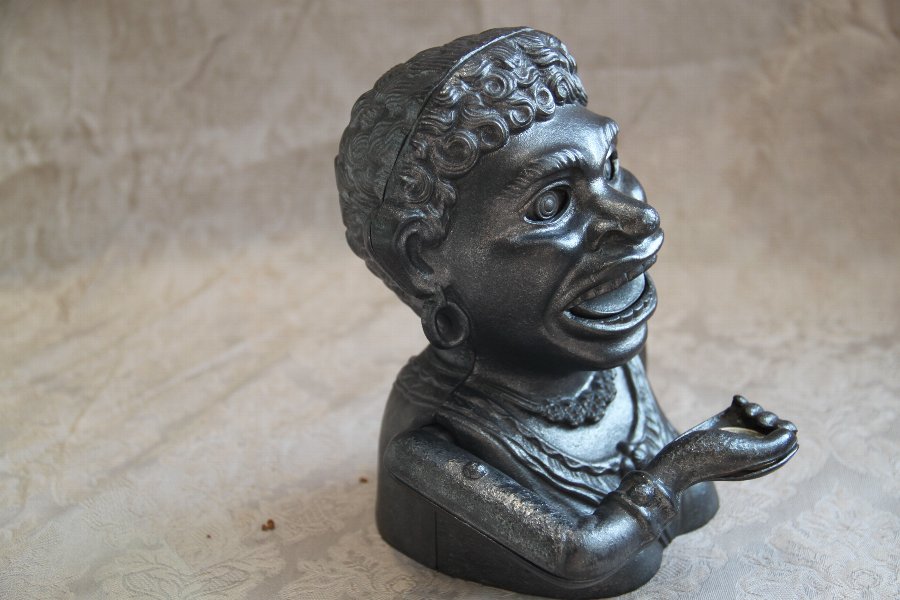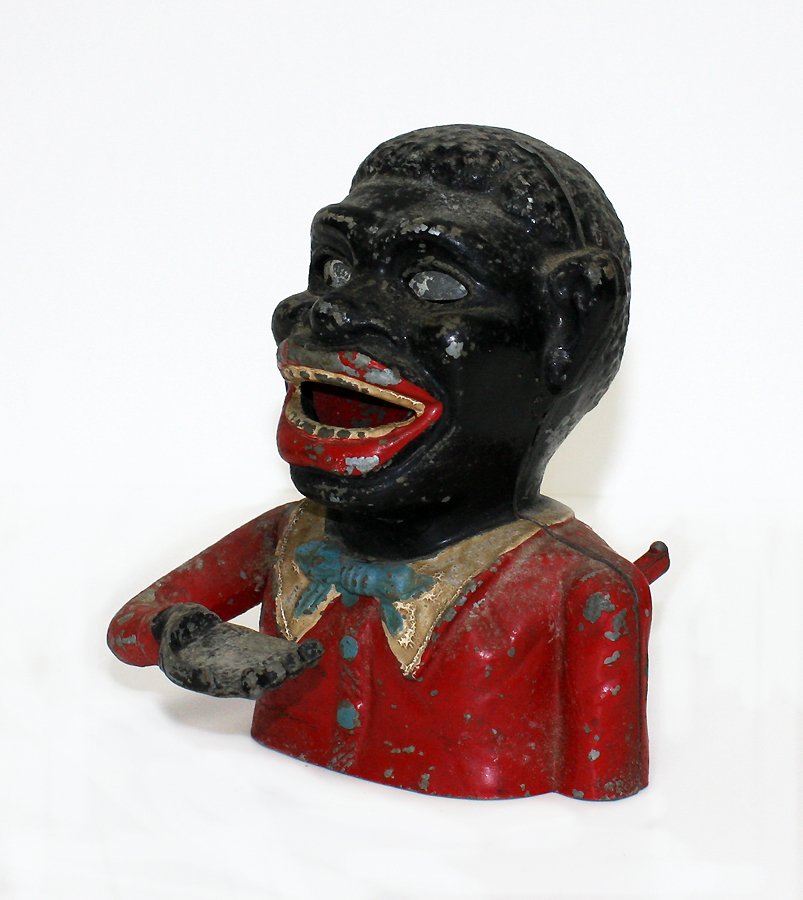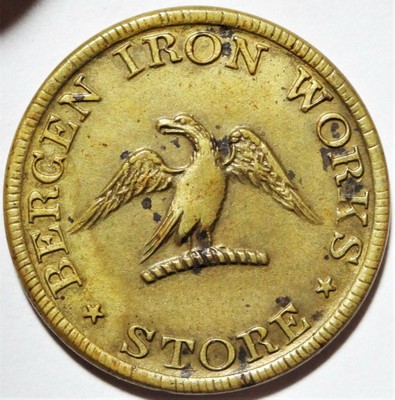


Sudan has 84 million hectares of arable land and less than 20% is cultivated. A major problem which has been growing for decades is the continual loss of open lands previously used for animal grazing to mechanized drylands and irrigated farming. Problems of investment finance, production and transportation remain the greatest constraints to a more dynamic agricultural economy. However, Sudan remains a net importer of food.

Livestock production has vast potential, and many animals, particularly cows, sheep, and camels, are exported to Saudi Arabia and other Arab countries. Three main agricultural sub-sectors are active in Sudan: pastoral livestock, cropping and fish production. Sesame seeds and peanuts are cultivated for domestic consumption and increasingly for export. Grain sorghum (dura) is the principal food crop, and wheat is grown for domestic consumption. Although the country is trying to diversify its cash crops, cotton and peanuts remain its major agricultural exports. Primary resources are agricultural, including cotton, peanuts, gum arabic, and sesame seeds. Lome Funds and EU agricultural credits, totaling more than one billion euros, also were suspended.

In 1993, the IMF suspended Sudan's voting rights and the World Bank suspended Sudan's right to make withdrawals under effective and fully disbursed loans and credits. A 4-year economic reform plan was announced in 1988 but was not pursued.Īn economic reform plan was announced in 1989 and began implementing a 3-year economic restructuring program designed to reduce the public sector deficit, end subsidies, privatize state enterprises, and encourage new foreign and domestic investment. The government fell out of compliance with an IMF standby program and accumulated substantial arrearages on repurchase obligations. However, as Sudan became the world's largest debtor to the World Bank and International Monetary Fund by 1993, its relationship with the international financial institutions soured in the mid-1990s and has yet to be fully rehabilitated. More significantly, the 1989 revolution caused many donors in Europe, the U.S., and Canada to suspend official development assistance, but not humanitarian aid. By 1984, a combination of factors, including drought, inflation, and confused application of Islamic law, reduced donor disbursements and capital flight led to a serious foreign-exchange crisis and increased shortages of imported inputs and commodities. This caused great economic problems for the pastoralists of Sudan.ĭuring the late 1970s and 1980s, the IMF, World Bank, and key donors worked closely to promote reforms to counter the effect of inefficient economic policies and practices. This further promoted the mechanized export agriculture sector. In 1978 the International Monetary Fund (IMF) negotiated a Structural Adjustment Program with the government. At the same time, debt servicing costs, from the money spent mechanizing agriculture, rose. However, commodity prices declined throughout the 1970s causing economic problems for Sudan. In 1972 the Sudanese government became more pro-Western, and made plans to export food and cash crops. Until the early 1970s Sudan's agricultural output was mostly dedicated to internal consumption. But this proved unsustainable and growth consequently scaled back to 34% in the 1980s. Sudan is still a least developed country according to United Nations.Ĭurrent GDP per capita of Sudan grew 46% in the 1960s, reaching a peak growth of 170% in the 1970s. In January 2007, the government introduced a new Sudanese pound, at an initial exchange rate of US$1 = £S.2. The problem remains, despite rapid rises in average per capital income. The War in Darfur, the aftermath of two decades of war in the Second Sudanese Civil War (1983-2005) in the south, the lack of basic infrastructure in large areas, and a reliance by much of the population on subsistence agriculture ensure much of the population will remain at or below the poverty line for years. Sudan began exporting crude oil in the last quarter of 1999.Īgricultural production remains important, because it employs 80% of the work force and contributes a third of the GDP. From 1997 to date, Sudan has $30.873 billion by gross domestic product as of 2019, and has been working with the International Monetary Fund (IMF) to implement macroeconomic reforms, including a managed float of the exchange rate. GDP growth registered more than 10% per year in 20. The economy of Sudan has boomed on the back of increases in oil production, high oil prices, and large inflows of foreign direct investment until the second half of 2002. All values, unless otherwise stated, are in US dollars.


 0 kommentar(er)
0 kommentar(er)
